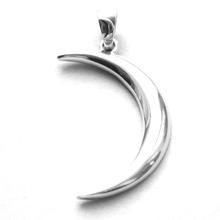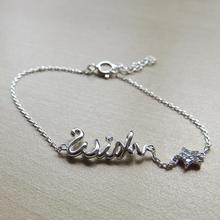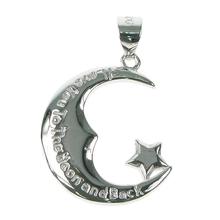
ECLIPSES

Eclipses hold a certain mystery - especially in past times. In simple terms, an eclipse describes the positional relationship between the Sun, Moon and Earth. The diagram below shows the phases of the Moon as it travels around the Earth. There are two main types of eclipse, and they are more common than you think!

Image copyright ©Astral Aspects
 |
A |
 |
 |
A |
 |
All Solar Eclipses involve the Moon passing between the Earth and the Sun, and casting a shadow on the Earth. However, the type of eclipse which can be seen from a given location depends on whether the Moon passes directly, or only partly, between the Earth and Sun; but also on where on Earth you stand to observe it, and on a number of other factors. There are several types of Solar Eclipse:
*
*
*
*
On average there are four eclipses during a year. Two of these are Solar, coinciding with the New Moon, and two are Lunar, when the Earth is directly between the Sun and the Moon and its shadow obscures the Moon. The eclipses work together - two weeks pass between a Solar and a Lunar eclipse and they occur about six months apart.






